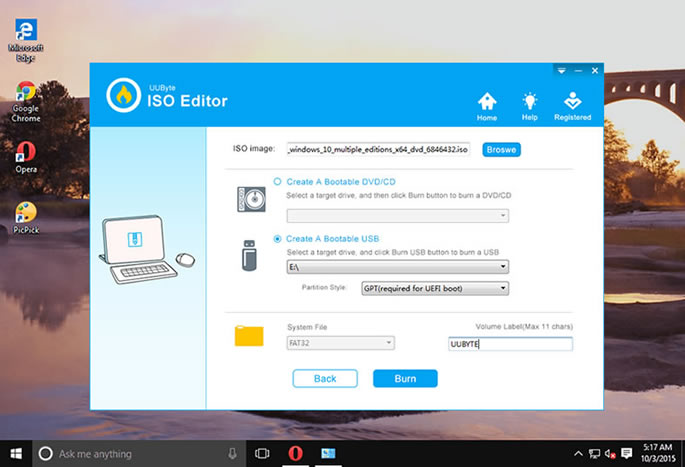

With my cheap USB 2.0 drive I get 3.6 MB/s (9 minutes) with these options vs 0.8 MB/s (40 minutes) without them.It goes without saying that you will need an internet connection to download the software and you may need it while installing the version of macOS if it needs to check for firmware or confirm your iCloud credentials. This would all look like sudo dd bs=1m status=progress if= of=/dev/rdiskN You can get dd to report progress with status=progress. You can speed up the dd command by adding bs=1m (if you get the invalid number: ‘1m’ error change "m" to an uppercase "M" (this can happen if you installed a newer version of coreutils with homebrew)) and using /dev/ rdiskN instead of /dev/diskN (use /dev/diskN for the diskutil commands though). If you don't get that error, you should eject it with 4) diskutil eject /dev/diskN When it's finished you might get an error saying that the disk can't be read, you can click "Eject" and you're done use your USB stick to boot Ubuntu. iso image to the USB with sudo dd if=/path/to/your/iso-file.iso of=/dev/diskN If that command produces no output, your USB drive is probably not plugged in.Ģ) Unmount the device so you can overwrite it (change N to the number you got from the previous step) diskutil unmountDisk /dev/diskNģ) Use dd to copy the. The dd command you're going to run later will effectively delete all data on the drive so don't get this wrong.

It's probably /dev/disk2, but double check that the NAME and SIZE columns make sense. After Unetbootin finishes, click 'Exit' and now you have yourself an Ubuntu USB stick.ġ) Find the file path to your USB drive with diskutil list external.Then select your flash drive in the bottom row and click 'OK'.Select the ubuntu ISO file you downloaded and click 'Open' Select the Diskimage radio button and then click the. Launch UNetbootin and allow the osascript to make changes Download The Ubuntu Desktop ISO of your choice.Download and install UNetbootin USB installer.Old Method using UNetbootin (might still work) Congratulations! You now have Ubuntu on a USB stick, bootable and ready to go!.Select the USB drive you have formatted in step 3-6.Select image and navigate to the location you saved the Ubuntu ISO you have downloaded in step 2.Follow this tutorial if you are experiencing problems with this.) Download, install and open Etcher (By default MacOS blocks running apps from unidentified developers.

Select the format: MS-DOS (FAT) and scheme: GUID Partition Map.Select the USB stick and select Erase (This will remove all data stored on the USB drive).Open Disk Utility from Applications > Utilities.Make sure you have a USB Stick with at least 4GB of free space.


 0 kommentar(er)
0 kommentar(er)
